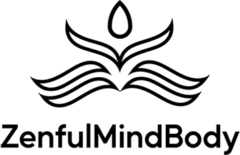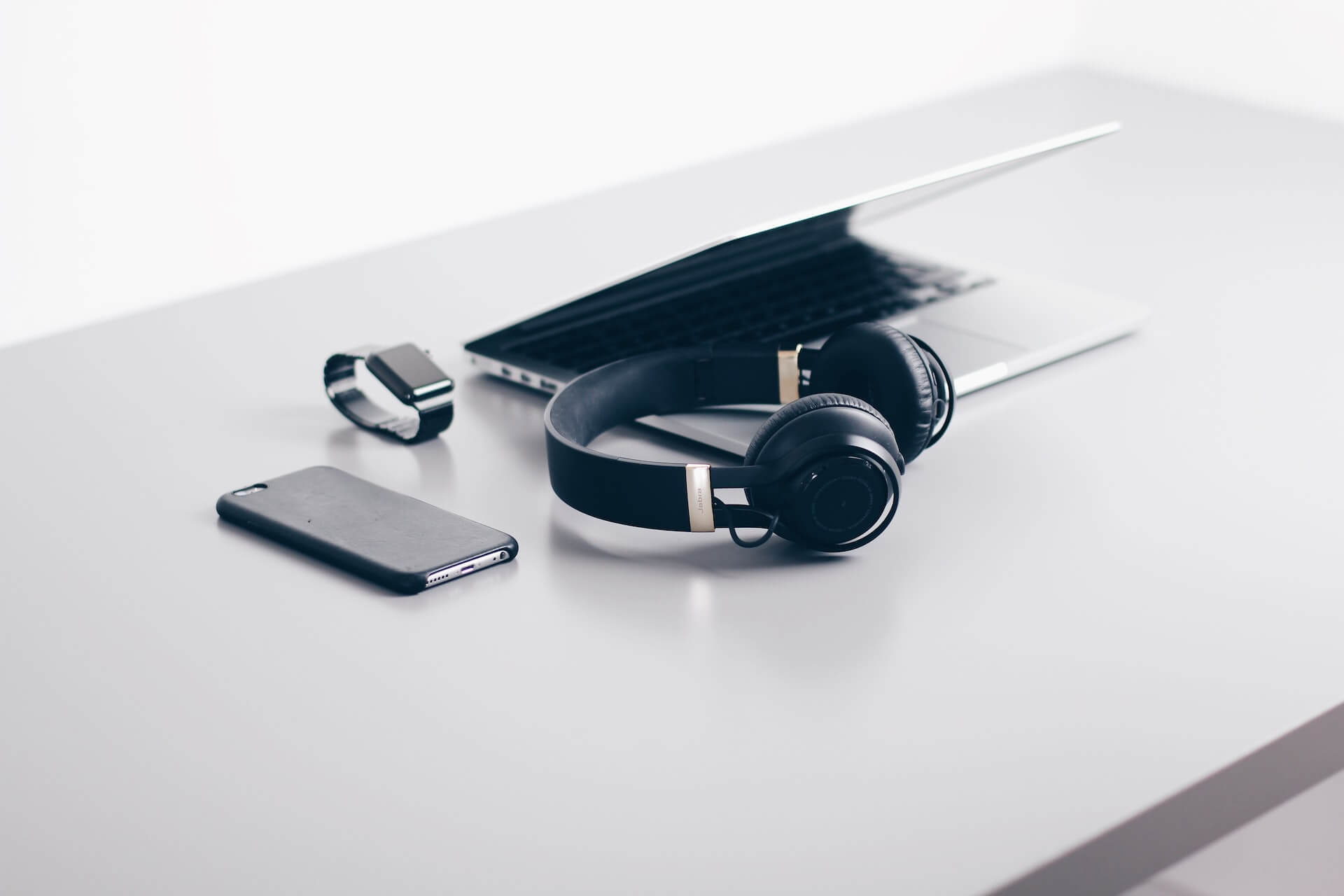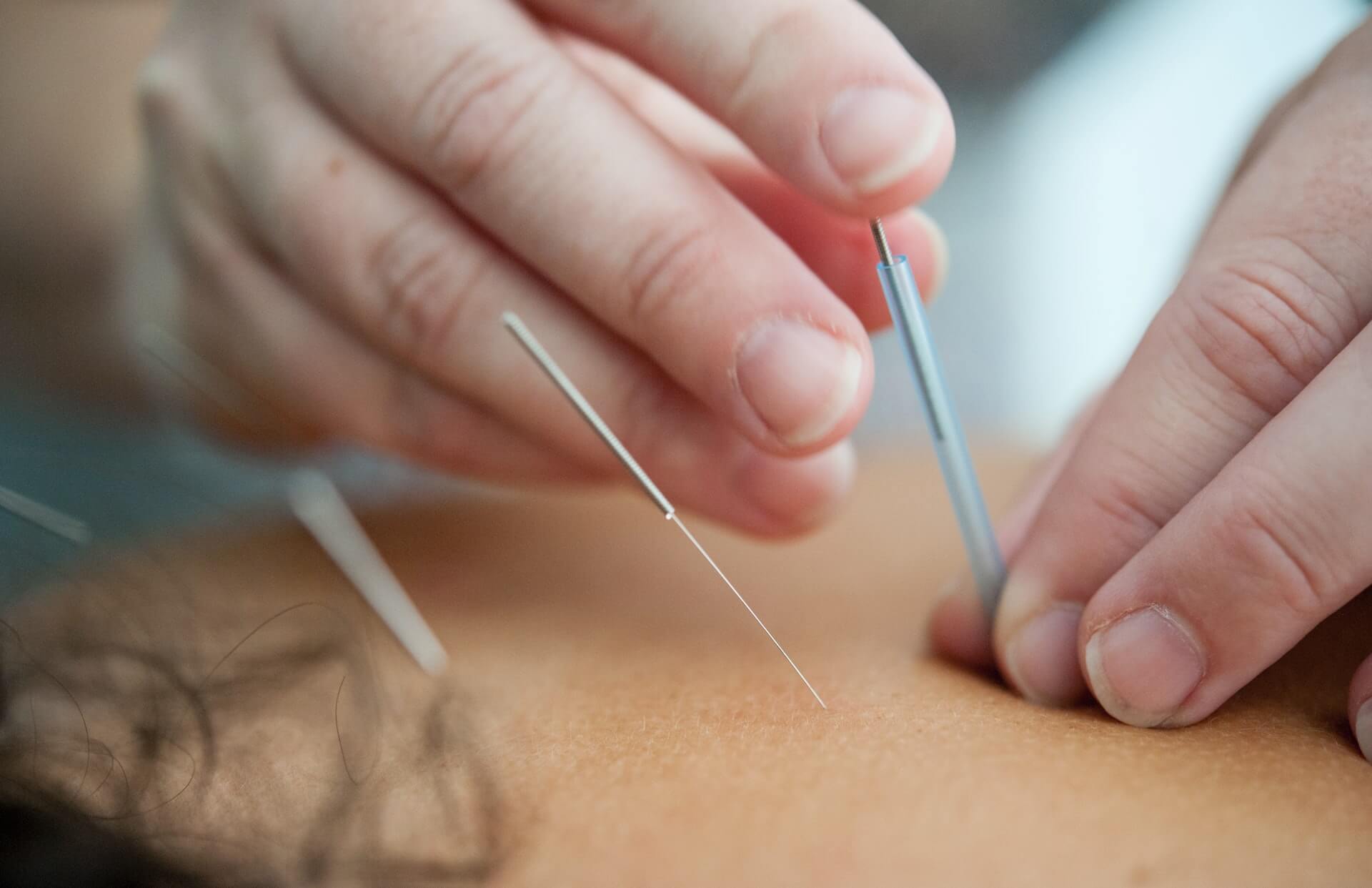1. Be aware of when and how you use your devices
Habit loops are formed when repeated behaviors are repeated. You likely use the same routine when you brush your teeth or make your morning coffee. These are one way that the brain automates tasks to make them more efficient, explains Loretta Breuning, PhD author of Habits of a Happy Brain. She is based in Oakland.
These loops can sometimes turn our behavior into autopilot mode. It is possible to reach for your phone when you are waiting in line, check email before you get out of bed, or browse Instagram whenever you receive a notification. Dr. Breuning says that even if you don’t change any of these habits, it is beneficial to be aware of them. You’ll feel more in control if you are more aware of your actions.
Pang suggests that you take one day off from your email and social media accounts. Then, observe what happens. This is when you will see how your tech is actually being used.
2. Plan
As with any behavior change, whether it’s starting a new workout or changing your meal prep, setting goals and intentions is a good first step. Tanya Dalton, productivity expert in Asheville and author of “The Joy of Missing Out”, suggests that this is a great place to start.
She says, “To establish healthy boundaries and better habits it is always good to cultivate an deeper sense of purpose and make a plan.” This allows you to be in control of your time.
Your plan to increase intentional tech use may look different than that of a friend or family member. It doesn’t matter what plan you choose, but it is important that it has the right goals and the right strategy. Perhaps your plan has a limit on how much time you spend looking at screens each day, or a number of “checks” of social media every day. Dalton says, “Do what makes your body feel satisfied and then change your use when it stops.”
3. Tech Control: Use tech to control your tech
You might consider apps that can help you manage distractions such as Dewo, which blocks all notifications and activates “Do Not Disturb” mode on chat apps. FocusMe is an app that allows you to block certain sites and apps (like Instagram and Facebook) for a specific time period. You can also set reminders for certain tasks or activities such as going for a run or taking a mindful break.
Set up your phone in a way that is less distracting. You can turn off notifications that may prompt you to open an application without thinking. App icons should be moved to the second page on your home screen. This will make them a bit easier to find and open. When you’re eating or socializing, switch to airplane mode.
4. You can think differently
“Instead of viewing [your devices] as a barrier to’reallife,’ ask yourself what you want to learn.” Pang says. He explains that they are tools that increase creativity, improve social connections, streamline workflows, and teach new skills. Rethink how you view technology. “What can I do today that will make it easier to use this tool?” Instead of focusing on the things that will kill time, think about what you can do.
Then, use technology to accomplish those ends.
5. Get ready to be fidgety
You might feel lost when your phone is off, as Ashton discovered when she stopped using her phone. She describes in her book how she found that setting up a better, more screen-free evening routine allowed her to have plenty of time and made her feel uncomfortable at first.
She writes in her book that she felt “out of sorts”, like she wasn’t doing what I should be. She quickly realized this and found ways to make it more enjoyable. She walked more, spent more time with her children, and tried being more present.
Bottom line: Technology doesn’t have to be all bad. Pang states that it all boils down to how you feel about using the tech. Are you irritable and depleted when you turn off your tech? Are you more energized, grateful and happy? You’ll be successful if you aim for the latter.




